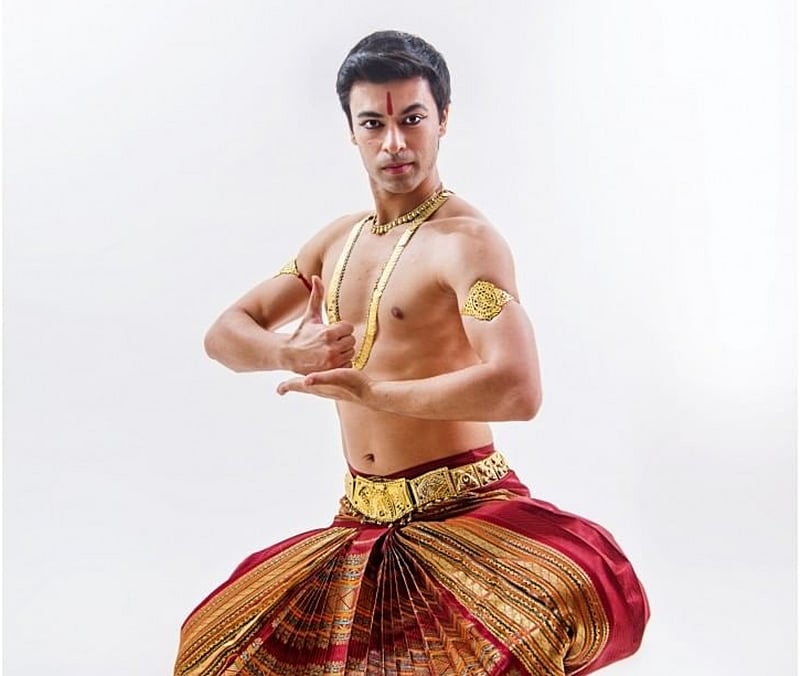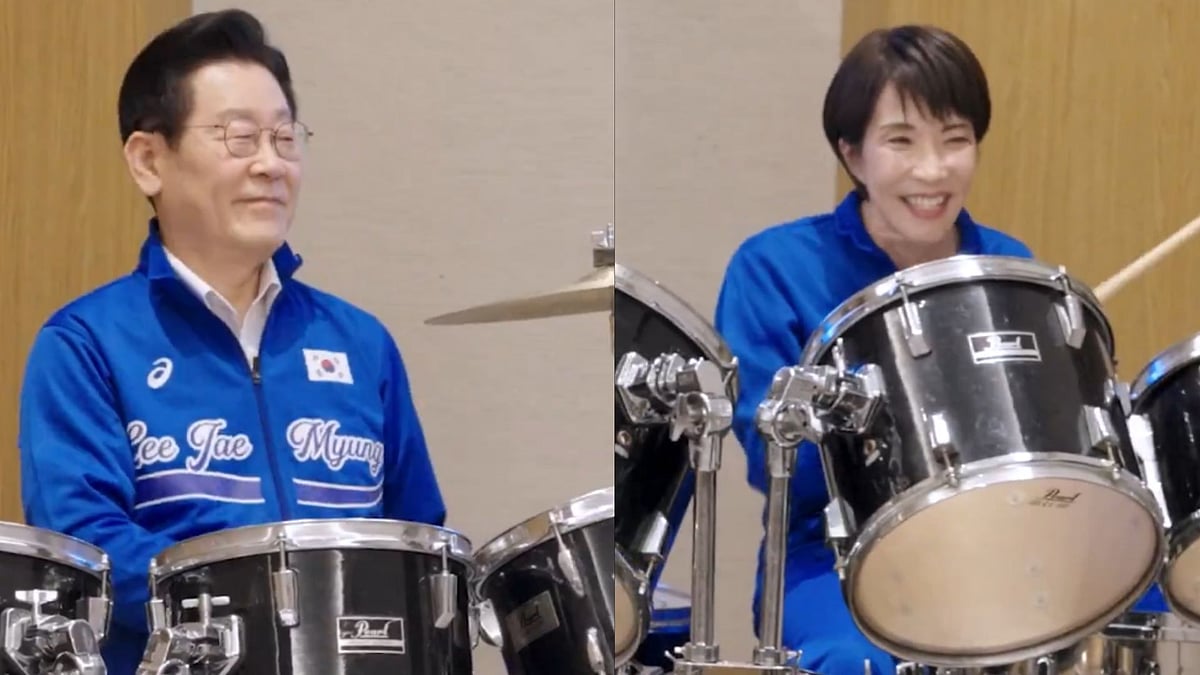In the Shadow of the Gods…the title of your upcoming performance is beautiful. What is its relevance?
Traditionally, almost all the pieces that form the classical Bharatanatyam—or for that matter, any Indian classical dance—repertoire, have to do with Gods and Goddesses. Whether the dancer tells stories from the vedas and puranas, or describes the different characteristics of a particular deity, the pieces predominantly showcase bhakti, or devotion. Over the past few years, I have been developing new pieces, staying true to the classical structure of Bharatanatyam, yet exploring contemporary themes. But while I’m dancing about things like long-distance relationships or climate change, I’m not rejecting the traditional format of the dancer speaking to, or of the Gods. I’m using it as a vehicle to put forth a new idea. So while the pieces aren’t your typical bhakti pieces, they tell new narratives in the shadow of the Gods.
How does the classical dance form of Bharatanatyam lend itself to newer themes such as climate change?
The language of Bharatanatyam is in fact incredibly versatile; and while for centuries the art form has primarily been used to communicate religious and spiritual themes, its vocabulary is quite easily adaptable to new narratives, no matter how radical.
So while Bharatanatyam has been used time and again by numerous dancers to tell classical love stories, for example, (through traditional pieces called padams), like that of Kalidasa’s Meghadoota, where the heroine sings of her love and tells the clouds to carry her message to her lover who is far away, I’m rooting my love story in the 21st century, and dancing about lovers who are in different countries and relying on technology like smartphones and Skype to communicate their love. The essence of the love story is the same — desire, longing, the pain of separation, and the bliss of reunion — but the context is of today, and the new narrative reflects that.
As another example, borrowing from the traditional format of the keerthanam (also sometimes called the keerthan or bhajan), I use the Hindu trinity of Gods, Brahma, Vishnu and Maheshwara with the respective roles of creator, sustainer and destroyer attributed to them, and question the relevance today. Through dance, I wonder at the beauty of the world, as Brahma is said to have created, and rejoice in Vishnu’s having maintained it thus far. But, adding a twist at the end, I show how we as human beings are ourselves destroying the earth — cutting down forests, melting glaciers, even killing each other in the name of religion — thereby posing the question: Do we even need Shiva-the destroyer any more?
How will you personally interpret these varied modern themes in your performance?
My approach for this performance has been to delve into the traditional Bharatanatyam repertoire and take traditional pieces as inspiration — keeping their classical framework and prescribed structure intact — and create new pieces that are more relevant to the society and times we live in. Working closely with my mother, we have together taken formats like padams, keerthanams, and varnams, written new songs in English, had them translated to the classical Tamil, set to new Carnatic music compositions, and choreographed them in the strictest of pandanallur Bharatanatyam (which is the style I have inherited from my grandmother, that she learnt directly from the Tanjore Quartet lineage). So while the themes are radically modern, the dance style and format of the pieces adhere to the purest classical form.
Which are some of the traditional stories from mythology that inspire you and which find place in The Shadow of the Gods?
This show takes the audience on a journey from the traditional to the modern. So to start with, I showcase two pieces that are from the traditional classical repertoire that have been performed in a particular way over several centuries. One of these is the iconic Natanamadinaar describing the cosmic dance of Shiva that shook the universe. Having been deeply involved with classical dance from a very young age, I’ve always felt a rather special spiritual connection to Nataraja, the God of dance. In so many traditional Bharatnatyam pieces, Shiva is celebrated as the lord of dance, his tandava is described as the dance that became one with the universe, generating cosmic energy putting planets into motion and moving mountains and rivers on this earth. This concept has always been profound to me.
How much of a role have your grandmother Mrinalini Sarabhai and your mother Mallika Sarabhai played in your evolution as a dancer and choreographer?
Since neither Ma nor Amma ever taught dance themselves, I grew up learning from other senior gurus at my family’s school, the Darpana Academy of Performing Arts. However both of them throughout my growing up were constantly supervising my training and influenced me greatly not just as performers but also as choreographers. Amma always inspired me to have the courage to do less — using just one small gesture or one distinct movement of the eyes to communicate something. Choreographically, Ma’s innovative use of geometric patterns, rhythmic syncopation, and asymmetrical formations has also inspired me greatly. But perhaps more than anything else, both Ma and Amma have had a huge influence on my belief that the performing arts are an incredibly powerful tool to change the world.
I have seen them spend their entire careers, using dance to challenge the status quo, pushing their audiences to question their preconceived notions, and break through boundaries of language, culture and geography.
How challenging and exciting is it for you to ‘break open the language of Indian classical dance’, so to speak?
This quote is from a review by a dance critic in the Netherlands who saw me use Bharatanatyam to tell stories of long-distance relationships, where she refers to how I use the traditional language of classical dance but go well beyond the traditional boundaries of what it has historically been used for. For me, this is what is exciting and what makes Bharatanatyam a constantly evolving art form, keeping the classicism alive and yet staying relevant with the changing times.
What are you looking forward to doing next?
Later this year, I will be performing and speaking at the United Nations Volunteers’ Conclave in New Delhi, about how dance can bring us closer to achieving the UN’s Sustainable Development Goals. 2019-2020 also marks my grandfather, Vikram Sarabhai’s centenary year and I am currently conceiving a project that will explore advancements in Indian science, including in the fields of cosmic rays and the study of black holes, through dance. That promises to be an incredibly exciting project and I am really looking forward to that. For now, after the Royal Opera House show and the talk at Bhau Daji Lad museum on my Amma’s 100th birthday, May 11, I’m heading off to Europe to beat the Indian summer and visit dear friends.
The Shadow of the Gods on May 9 at Royal Opera House









